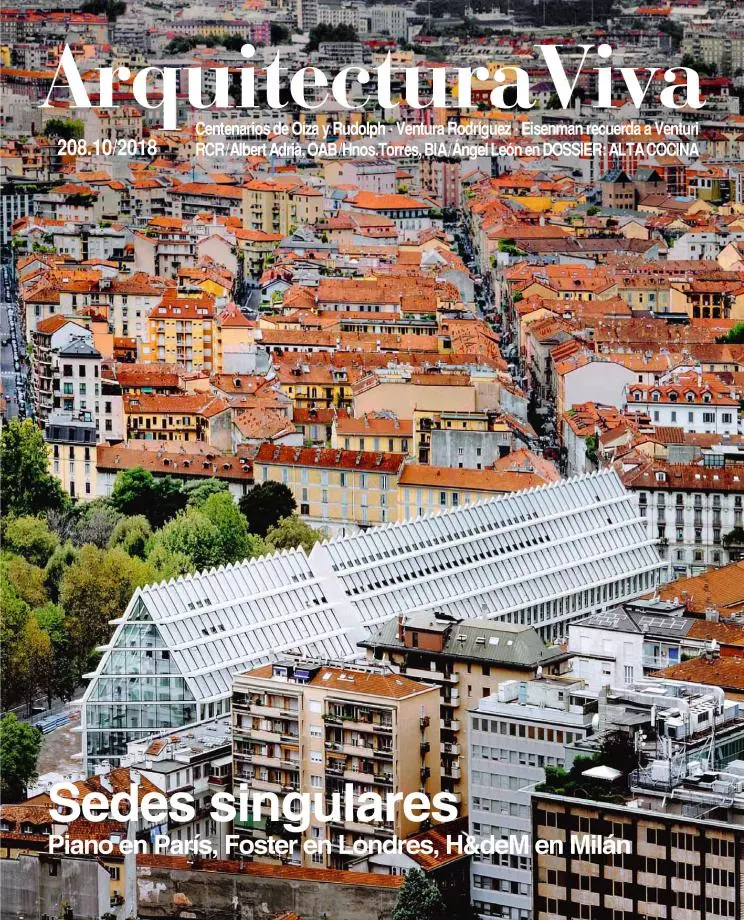
We were never that close. We met, as I remember, for the first time at the first CASE meeting, at Princeton, in 1964. Most of the young architects were there: Richard Meier, Michael Graves, Jaquelin Robertson, Richard Weinstein, Hank Millon, Stan Anderson, Giovanni Pasanella, Colin Rowe, Kenneth Frampton and Vincent Scully. It was a memorable meeting because on the morning after the first night discussion, Venturi and Scully left, saying they wanted to build, not talk. Their departure signaled a split in American architecture that lasted for some forty years. It was often chronicled as modern versus postmodern, white versus gray, Europe versus America. If Venturi was seen as one pole of that split, I was often seen as the opposite pole. Simply put, I was a duck and he was a decorated shed. It was such ideas that kept us apart, although when I worked with Vittorio Gregotti on the 1976 Venice Biennale, ‘Europa-Amerika,’ we invited Bob and Denise Scott Brown to participate.
This split is why my fondest, and most recent, memory of Bob is, for me, so touching. We were in Istanbul for the UIA conference in 2005; the three of us and Zaha Hadid were featured speakers at the event. Bob and Denise had never seen Hagia Sophia; I tagged along with them. Unexpectedly, Zaha jumped into the car that took us to the mosque. A photographer was also ever present. Given what appeared to be a balanced foursome, we were asked to sit for a group photograph. Chairs were quickly found and arranged in a row. I was quite surprised when Bob took me quietly aside in what was a very conspiratorial gesture. “Peter,” he said, “we can’t have Denise sitting next to Zaha. Denise, let me interject mildly, cannot be next to Zaha.” As we were asked to take our seats, Bob left it up to me to see that the two women were kept apart. This meant somehow putting myself in the middle. So the final order for the photo was Bob, Zaha, Peter, and Denise.
This was the clever Bob that many of you knew and loved, but because of our ideological differences, Bob probably never knew how much his being meant to me and others in the New York Five. Complexity and Contradiction, a stunning book, was always at the top of my reading list for my students because it brought together disparate examples of European architecture, from mannerism and late Baroque to little known anachronisms of the modern. His list of must-see buildings included work by Luigi Moretti and Vignola, who are also on my Rome to-do list. His mother’s house is one of the ten canonical buildings in my book of the same name. The Vanna Venturi House is the high point of a condition outside of the mainstream of its time. As I write in Ten Canonical Buildings, the house “is the first American building to propose an ideological break with modern abstraction at the same time that it is rooted in this tradition.” More is more.
Bob was important for America and important for architecture. Along with Aldo Rossi, James Stirling, and O.M. Ungers, he was part of an unparalleled generation of important designers, and he and Rossi, though different, wrote seminal books. Bob’s intelligence brought us the first book of critical theory in American architecture, yet he also liked to think of his own buildings as “dumb.” I admired him for both of those qualities. His passing signals the end of an era, but he will be missed.





